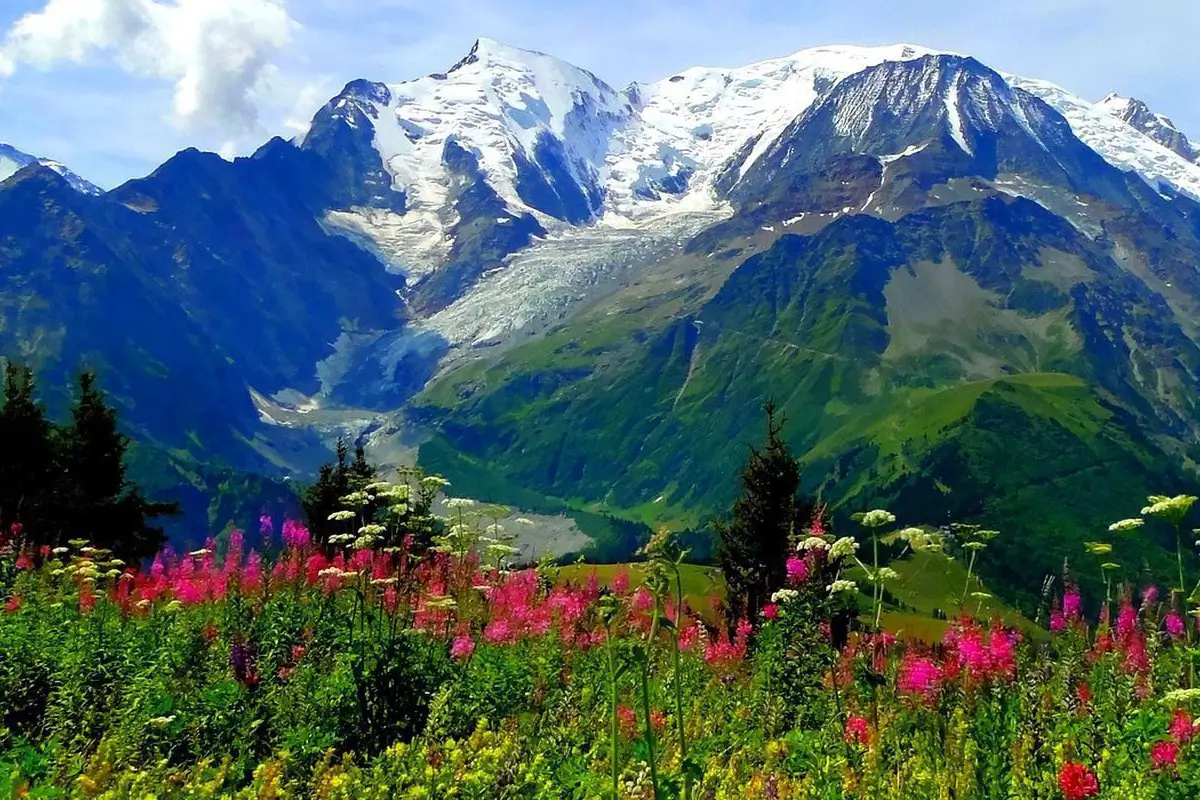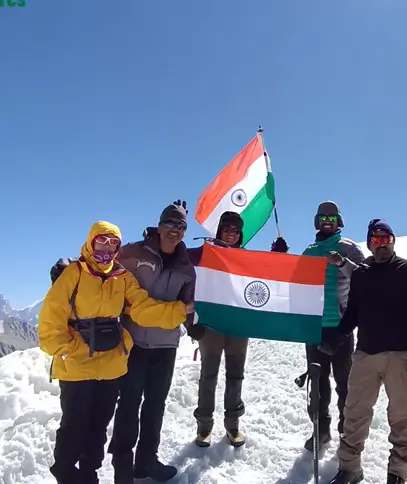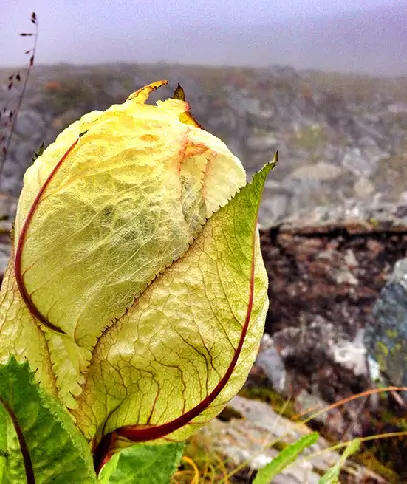About This Tour
Valley of Flowers is such a name in the Uttarakhand valley of Himalayas that blooms and blossoms every time, round the season. Stumbling across the never-ending fairy land is such a heady feeling for the nature lovers and for the trekkers admiring colorful environs that trekking in Valley of Flowers becomes the next best experience of rejuvenation and energizing moments. Known for the endemic alpine flowers and outstanding natural beauty, the area is home to rare and endangered animals, including the Asiatic black bear, snow leopard, brown bear and blue sheep. And interestingly, Valley of flower is also being recognized by UNESCO as the world heritage site.
Rare, but the most glorified truth is that no other valley in the Himalayas can match the beauty of this valley. The flowers are everywhere in myriad of colors: purple, yellow and white. They envelope the valley floor like a carpet so much that there are times when you can't see the valley at all. At an altitude of 3300 mtrs to 3650 mtrs, the monsoon season can act best flourishing moment for you to enjoy trekking amidst the blossoming buds and titillating flowers all around the valleys.
A little beyond Joshimath at a pilgrim hamlet called Govind Ghat, the trek to valley of flowers (VOF) and Hemkund starts. In that manner, the trekkers can make a fresh start from Haridwar or Rishikesh to travel along the Alaknanda River across the Badrinath highway to reach VOF. Trekking in valley of flowers is the most dwindling part of appreciating the natural beauty with great challenges on the way; when you discover the routes are precariously cut on the mountains edges and at times you can only see the river flowing in the gorge deep below. Further, at a distance of 12 kms, the rout will take you to Hemkund Sahib, up to Gangaria. Ahead of Ghangaria, the Uttaranchal trekking route to the valley will take a detour towards the left. From Gangaria, at the distance of 5 kms, the trekkers can reach to the Valley of Flowers.
Included / Excluded
Accommodation : Hotel in Rishikesh, Joshimath & Ghangria on twin/triple sharing basis.
Transport : Tata Indigo/Toyota Innova car from Delhi - Govindghat & back (AC will not run after Rishikesh).
Meals : In Rishikesh, Joshimath, Ghangria only breakfast will be served.
Mules/Porters : For carrying some amount of personal gear of the clients (one bag not weighing more than 13 kgs).
Professional trekking guide would accompany the group from Haridwar
Entry fee for the park
Enroute meal
Any charges for carrying still/video cameras etc.
Alcohol, soft drinks, bottled water, beverages, etc.
Personal expenses like tips, telephone calls, laundry, etc.
Any meals/services not mentioned above
Any costs arising out of unforeseen circumstances like landslides, road blocks, bad weather, etc.
Travel insurance












































 +91-9212553109
+91-9212553109 Plan Your trip
Plan Your trip